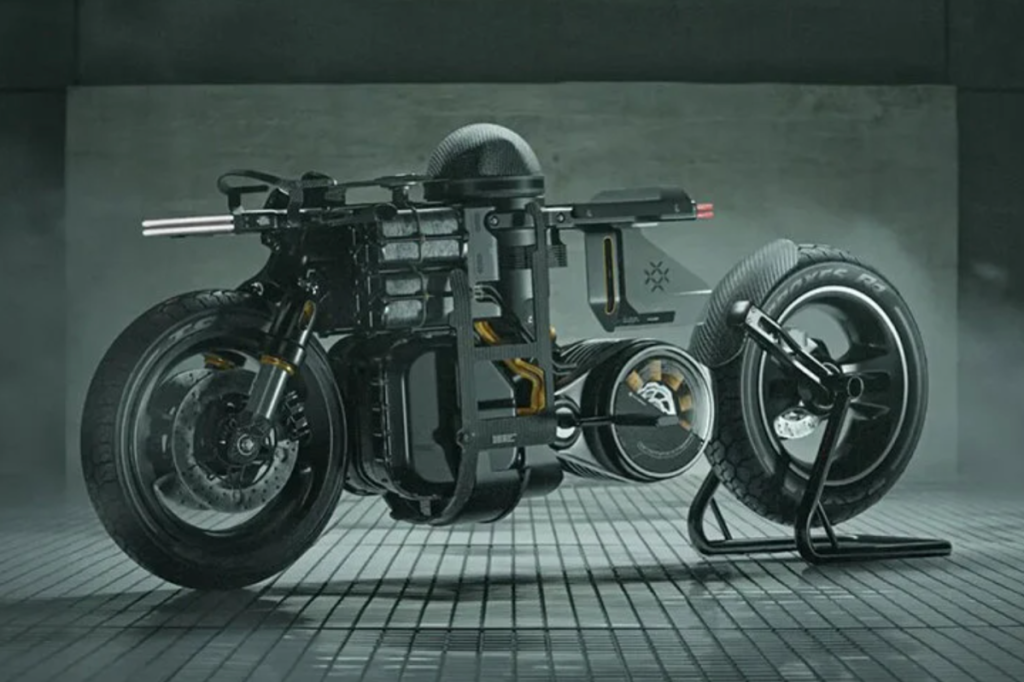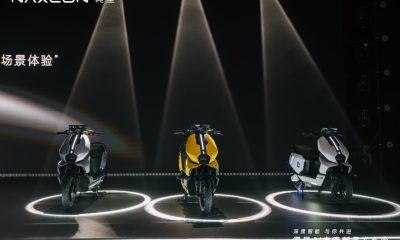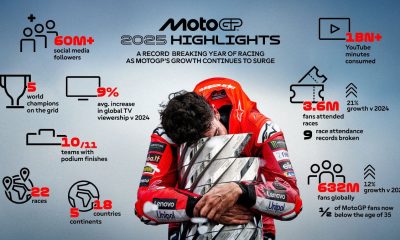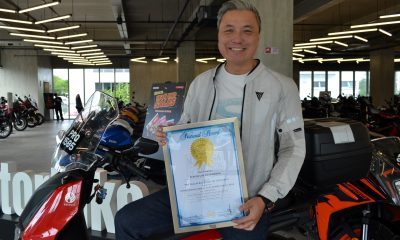A Brazilian’s water-powered motorcycle sparked global curiosity. While never validated, it symbolised the drive toward hydrogen mobility: a vision now becoming reality through cutting-edge clean tech.

Subscribe to our Telegram channel for instant updates!
In a world desperate for cleaner energy solutions, a homemade motorcycle in Brazil momentarily captured global imagination. It wasn’t crafted in a high-tech lab or backed by major automakers; it was the brainchild of an ordinary Brazilian man during the 2018 truckers’ strike. With fuel prices surging, he claimed to have built a motorcycle that could travel 1,000 km on a single litre of water.
The vehicle used a system that purportedly split water into hydrogen and oxygen, feeding the hydrogen into a modified combustion engine. Videos and social media posts went viral. News outlets swarmed. A symbol was born, not of proven science, but of possibility.
But then… nothing.
No peer-reviewed studies. No patents. No second prototype. The story, like many viral inventions, quietly faded. Still, it sparked a vital conversation that continues today.
A Symbol, Not a Solution…Yet
What this story lacked in scientific credibility, it made up for in symbolism. It reflected a growing frustration with fossil fuels and a collective yearning for energy independence. While experts swiftly pointed out the impracticalities, chief among them that splitting water into hydrogen requires more energy than it gives back, the water-powered bike tapped into something deeper: a global hunger for alternative energy that’s affordable, clean, and accessible.
And though the motorcycle itself may have been flawed, the idea behind it wasn’t so far-fetched.
Hydrogen Isn’t a Fantasy. It’s Here
Today, hydrogen is no longer just a lab experiment or theoretical concept. It’s a growing cornerstone of sustainable transportation. From hydrogen-powered buses in Germany to fuel-cell electric vehicles (FCEVs) by Toyota and Hyundai, the world is inching toward a future where hydrogen plays a major role in replacing fossil fuels.
But there’s a catch.
To be truly green, hydrogen must be extracted using renewable energy. This so-called “green hydrogen” avoids the carbon footprint of traditional hydrogen production methods, which rely heavily on natural gas. While still expensive and infrastructure-dependent, progress is accelerating.
Japan has deployed hydrogen ships. The UK and France run hydrogen trains. Companies are testing hydrogen-powered planes. Even two-wheeled hydrogen mobility, from fuel-cell e-bikes to electric scooters, is emerging in R&D labs and tech expos across Asia and Europe.
Why That Motorcycle Still Matters
The 2018 water-powered motorcycle may never enter a museum, but its momentary fame wasn’t in vain. It underscored the desire for radical change. In a way, it served as a folk hero in the global energy narrative—proof that innovation doesn’t need to start with billions of dollars or cutting-edge labs. It can begin in a garage, born of necessity and audacity.
And it raised a fundamental question: What if water could power mobility?
The real answer is nuanced. Water, in its natural form, isn’t fuel. But the hydrogen inside it is, and extracting that hydrogen, efficiently, cleanly, and affordably, is the engineering puzzle of our age.
The Road Ahead
The idea of riding a motorcycle powered by a bottle of water may seem like science fiction. But in 2025, the hydrogen economy is no longer theoretical. It’s a work in progress.
While fossil fuels still dominate the roads, momentum is shifting. From global climate policies to private-sector investments in green tech, hydrogen is getting serious attention as part of a multi-solution energy future.
That Brazilian motorcycle didn’t change the world, but it might have inspired the people who will.































Facebook
Instagram
X (Twitter)
YouTube
LinkedIn
RSS